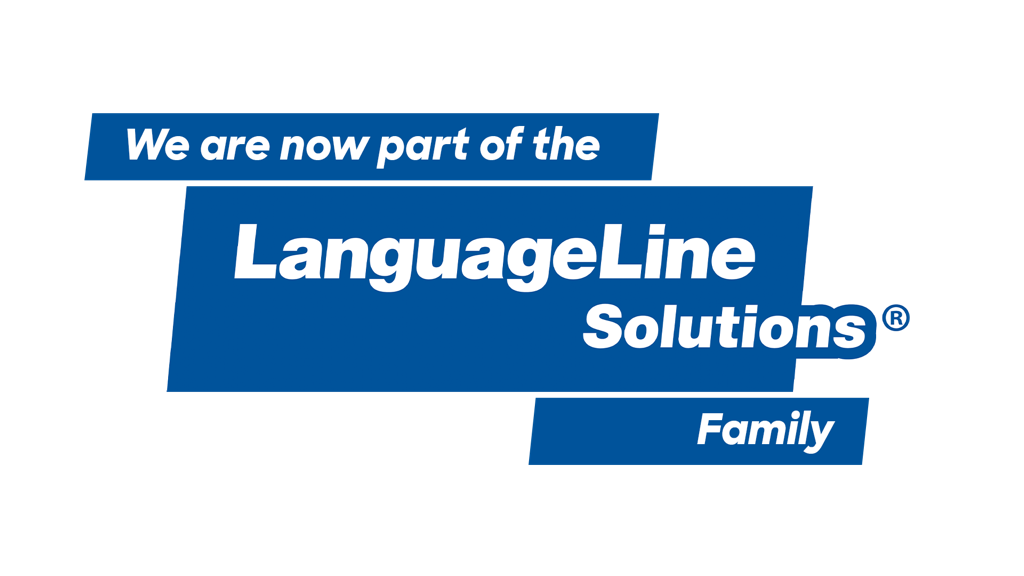The importance of communication in conflict, crisis and disaster
Our client is a leading international aid and relief not-for-profit organisation, who responds to the world’s worst humanitarian crises and helps people whose lives and livelihoods have been shattered by conflict and disaster. They operate worldwide, helping 26 million people every year to gain access to health care, education, sanitation, counselling and financial support.
Translation and localisation is critical to our client’s work, as it is essential for their organisation to communicate globally with employees, volunteers, refugees and local authorities. Capita TI has been working with this not-for-profit organisation since 2008, but in recent years, their localisation strategy has become of greater importance.
The challenge

Centralise spend at agreed rates

Standardise the process
to achieve efficiencies

Ensure a high translation quality
Our client mainly requires content to be translated from US English into French and Modern Standard Arabic, but as their line of work reacts to global crises and disasters, so too do their language requirements. Languages and dialects previously requested include Tigrinya, Kinyarwanda, Swahili, Amharic, French Creole, Swahili Congolese, Dari, Farsi and Chinese.
On occasion, our client has received audio files for translation where the source language is unknown and a language detection process is required. What’s more, the sound quality of the files was poor, with background noises making it difficult to identify the language. By working closely with the client and linguists, the languages within the files were eventually identified as Hausa and Babur, which aren’t always easy to source in the localisation world.
It’s important to consider basic literacy skills in the target audience, as many of them have had limited access to education. Additionally, due to the nature of the aid sector, some of our client’s materials contain content around sexual violence, so it’s imperative that help guides and posters are not only translated accurately, but are also understandable, resonate with those seeking help, and take care to avoid cultural insensitivities.
Content for translation

Corporate communications

e-Learning & training modules

Interviews

Educational posters

Smartphone application
How we helped

Style guides & glossaries

Gist/summary translation

Best practice training
Capita TI identified that not all documents required a full translation. For certain audio files, when English was not the source language and just a general ‘gist’ was required, Capita TI suggested using a summary transcription service, where a linguist listens to the file and provides a summary, in English. This allowed our client to make substantial savings, as a summary can be done in less time and at a reduced rate.
The client’s Account Manager delivered a best practice training seminar at the company’s head office, advising on how to create a ‘standard’ English copy. By understanding how to create content fit for translation, the client can gain cost and time savings further down the line, as the entire process is streamlined, and less time needs to be spent querying certain abbreviations or colloquialisms.
By creating bespoke style guides for each project, Capita TI’s linguists are able to apply the correct terminology, tone of voice and abbreviations, when working on translation projects for this client. In addition to saving budget and reducing turnaround times, this meant that the not-for-profit organisation can also guarantee consistency in all of their multilingual materials.
A smartphone app has been developed to help refugees settle into their new life in the US. In order to ensure the information contained in the app could be understood by everyone, no matter their level of English, Capita TI translated the app into Dari, Kinyarwanda and Swahili Congolese.
The result

Consistency across languages

Reduced costs

Quicker turnaround time
The combination of a summary translation service, best practice training, translation glossaries and style guides allowed the not-for-profit organisation to have more content translated within the same time frame, with greater consistency across languages, and at a lower cost.
By providing critical information in multiple languages and formats, the not-for-profit organisation can continue to help and communicate with those in need across the globe quickly, effectively and within budget.
What the client said
“We’ve been using Capita as our primary translation provider for about 2 years now and we’ve seen a vast improvement in the consistency and quality of our translated materials. Given the nature of our work, the various regions that we operate in and the need for a number of secular dialects into which we translate our materials, Capita has exceeded our expectations.”
“Capita has developed style guides and a translation glossary that not only save us time by pre-determining the message and delivery of our content but also saves us money by reducing the cost of repeat translations of previously used words and phrases.”
“The Capita team has been able to build relationships and trust with our users and has continuously suggested better ways of working with our global staff making the translation request process easier and more accurate.”
“I would recommend Capita to any organisation seeking more consistent and value-added translation services with the goal of reducing costs as well as the number of translation firms they are currently using.”
